Newton's Rings Experiment
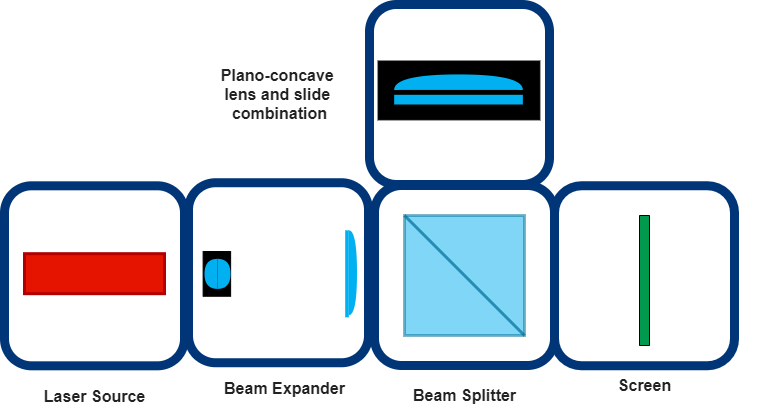
Soap bubbles, oil slicks, or oxidized metal surfaces can create interference patterns under the white light illumination. In Newton's fringes, light reflects as a constructively or destructively interfered when the light waves travel through two surfaces. These combinations can be created using glass-air or air-glass contacts. These two interferences generate a concentric ring pattern of rainbow colours in white light illumination. In the same way, monochromatic light creates dark-light rings.
The simplest example can be made using two well-cleaned microscope slides as interfaces. Air film is enclosed between two slides inconsistently, and irregular-coloured fringes are generated under the daily light. When the pressure on the microscope slides changes, fringes move and change.
In the Newton's Rings Experiment, we used a convex lens whose surface is placed on an optical plane glass, a microscope glass, from its long focal length side. These two pieces are held together with non-uniform thin air film. After light illumination through these surfaces,the air gap and random pressures on the microscope slide and plano-convex lens cause the generation of irregular coloured or single-colour fringes; Newton's Rings.
The details of Experiment Modules
Linear Polarizer is used in this experiment to visualize the polarization change of reflected lights from two media on the interference pattern.
Additional module design was made for combining the microscope glass slide and plano-convex lens inside one cube insert. You can see rendered image of the Newton's Rings Lens-Slide Holder Module from Inventor.
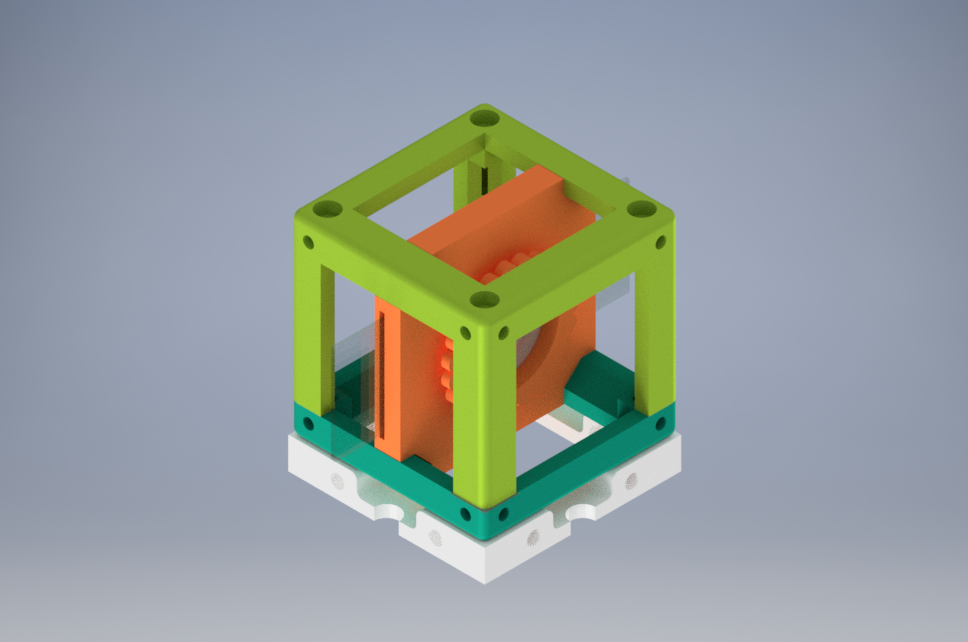 s
s
We used laser as a light souce in the setup. During the experiment, we extended beam size of the pen laser from 2 mm to 6 mm using a regular Beam Expander Module.
 Parts
Parts
Modules for this setup
| Name | Properties | Price | Link | # |
|---|---|---|---|---|
| 4×4 Baseplate | Skeleton of the System | 21.79 € | Base-plate | 1 |
| MODULE: Beam Expander Cube | It expands the laser beam size | 13.55 € | Beam Expander | 1 |
| MODULE: Beam Splitter Cube | It splits the incoming beam and recombine them | 29.17 € | Beam Splitter Holder | 1 |
| MODULE: Newton's Rings Slide-Lens Holder Cube | It creates Newton's Rings | 7.54 € | Lens - Slide Holder | 1 |
| MODULE: Polarizer Cube | It holds the linearly polarizing filter | 4.31 € | Linear Polarizer | 1 |
| MODULE: Laser Cube | LASER source holder | 17.68 € | Light Source | 1 |
| EXTRA MODULE: Screen Holder Cube | It holds the Display Screen (Not Used in Practice) | 1 € | Screen | 1 |
 Parts to print
Parts to print
- 1 × Base-plate 4×4
- 5 × Cube base 1×1
- 6 x Cube lid 1×1
- 1 x Beam Expander Holder
- 1 × Beam Splitter Cube Holder
- 1 × Newton's Rings - Lens & Slide Holder
- 1 × Newton's Rings - Lens & Slide Holder Clamp
- 2 × Laser Holder
- 1 x Laser Clamp
- 1 × Polarizer Guide
- 1 × Polarizer Wheel
- 1 × Polarizer Lid
Extra Holder Parts but NOT USED in our experiment: - 1 x Sample Holder - comb
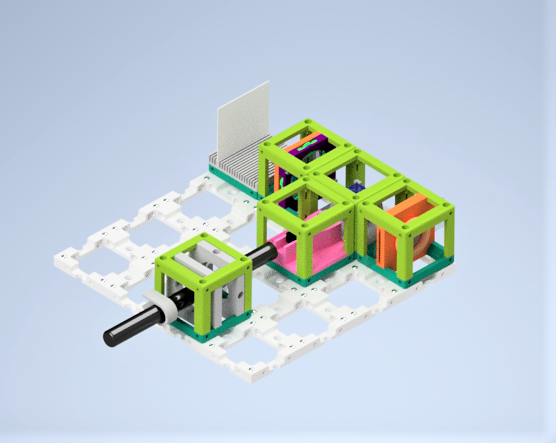
 Additional components
Additional components
- Check out the RESOURCES for more information!
- 1 × Linear Polarizing Sheet 🢂
- 64 × 5 mm Ball magnets 🢂
- 44 x Screws DIN912 ISO 4762 - M3×12 mm 🢂
- 3 x Screws DIN912 ISO 4762 M2×16 mm 🢂
- 1 x Beamsplitter Cube (Art. 2137) 🢂
- 1 x Microscope Rectangular Coverslips 🢂
- 1 x Plano-Convex Lens 🢂
- 1 × 5 mW Blue UV Laser Pointer 🢂
- 1 x iPhone 5 Lens f'=3mm (separated from an iPhone camera spare part) 🢂
- 1 x Achromat Lens f' = 26,5 mm 🢂

 Assembly
Assembly
- Baseplate
- Beam Expander Cube
- Beam Splitter Cube
- Newton's Rings Slide-Lens Holder Cube
- Linear Polarizer Cube
- LASER Holder Cube
EXTRA MODULES: - Sample Holder for Screen
 Results
Results
We started with building of UC2 Modules: design, print, assemble and be ready for testing. You can see our Beam Expander Cube on the 4x1 Baseplate below.
Lens - Slide Holder Module is the key element for the generation of Newton's Rings. Necessary Module parts are shown in the image below.
Assembled and Ready-To-Use module should look like ...
The experimental procedure begins with
- installation the Laser and Beam Expander Modules on the 4x4 Baseplate.
- After checking the expansion of the laser beam width, Beam Splitter Cube is added to the setup.
- One of the divided incoming beams is directed to the Newton's Rings Lens & Microscope Holder cube, and light reflects from the convex lens-plate glass combination through the beam splitter cube, then on observation screen.
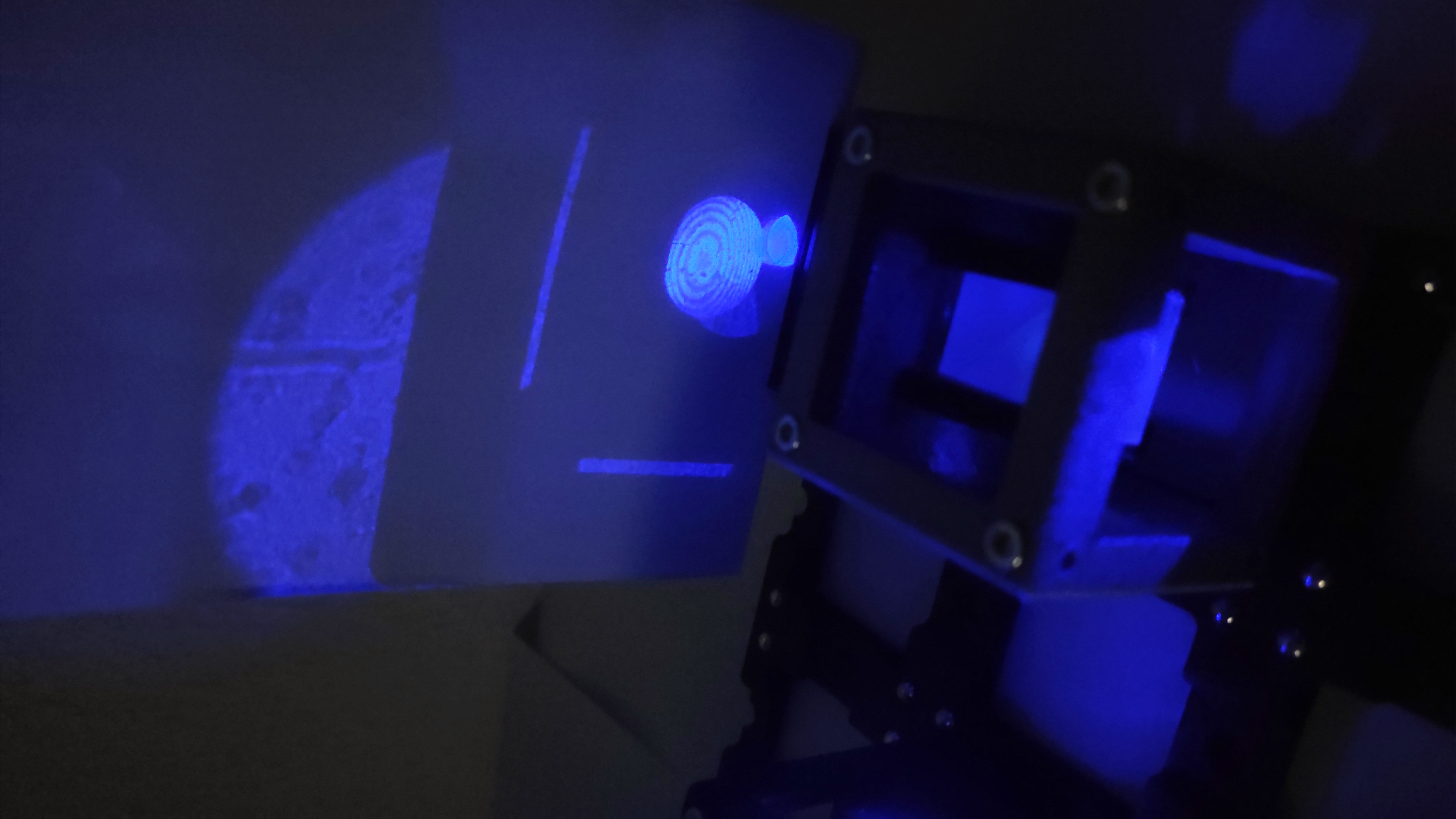
Demonstrating the experiment is much easier with a laser light source and results in visible fringes. The Newton's Fringes will vary in colour from inner to outer circles if a white light source is replaced with a laser source.
Let's zoom in Newton's Fringes with more experiment images!
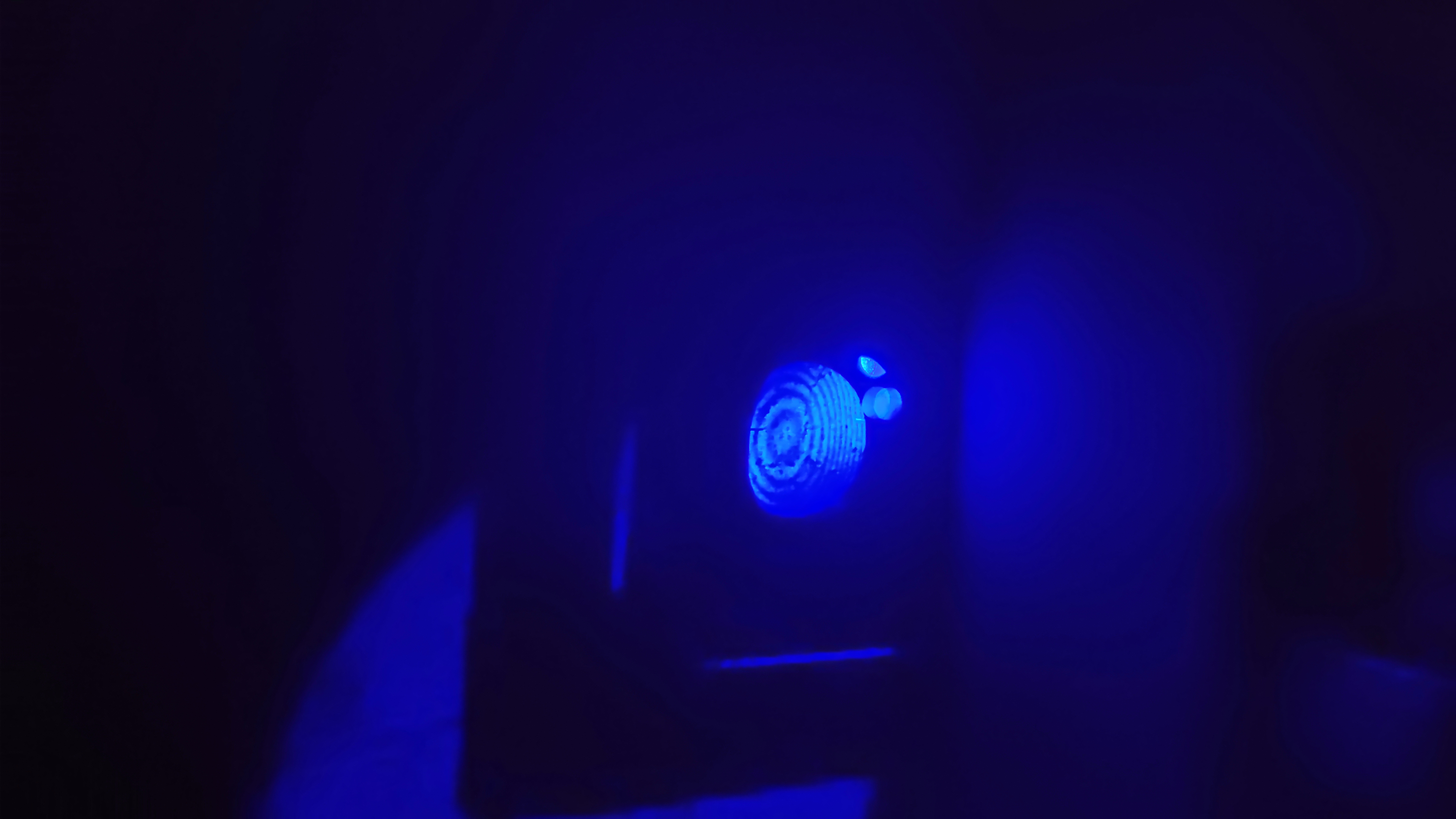
The effect of the polarization angle change of the Linear Polarizer Filter can be seen in the video.

New Ideas
We are open to new ideas. Please contribute to the project freely, this place is a free country which is built by codes and machines :robot: